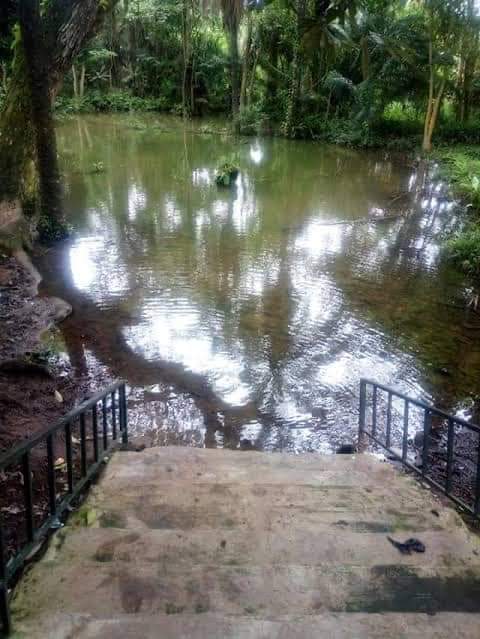Forgotten Dairies
History Of The Great Awe Town, Oyo State
Thus it can be seen that there is no way the Oyo people through the Alaafin can claim to be landlord over OJa talk less of Awe from the fact of history and there cannot be a master-servant relationship. This position had been supported by all legal battles (court cases) on landed property between Awe and Oyo and also supported by the most acknowledged History of Yorubas by Revd Samuel Johnson.

Aweland is a vast expanse of land part of which had earlier been occupied by a group headed by ladun who is an ijesha man that setteled at Olaromi by the 13th century. Prominence was not given to the history of the settlement until when a more dynamic group came to settle in the area in the 17th century headed by Ilemolu Olutokun, Ladokun, Ikumawoyi and Mafile. They were Ife princes who had moved out of Ile Ife after some misunderstanding on crown distribution. They settled at Egba Gbagura for some period, ruled under the kingship of Ilemolu who led his junior princes out of the town again because of some injustice. They then decided to come back towards Ife snd got to the area where ladun and the other have settled.
They moved farther afield and got to the place where Ifa told them to settle, that is, beside an Aruwewe tree from where the name Awe had derived. Later they persuaded the other group come over and take shelter in the Awe kingdom. Thus Ladokun, the second in command was made the Alaawe because Ilemolu who had reigned before decided to concede as a result of old age thus acting as the father of all. Ikumawoyi was made to assist and understudy Ladokun in the palace. By 1750, Ladokun had been firmly established on the thorne and in command of all the areas now known as Aweland.
After they had settled down, they decided to invite Ladun (the Ijesaman) together with his group to move down to Awe for maximum protection, and possibly in order to make sure that there is also maximum co-operation in the area.
Awe as a town was organised by Alaawe Oladokun I who can be regarded as the first Alaawe of the organised Awe. He appointed the Chiefs, built the town wall known as Odi Amola/Odi Amolu and organised the town into four quarters after the important chiefs in the town viz Oke Abata, Baasi, Alaawe and Odofin quarters.
It could be seen that Awe people had settled in this area by the 16th century, i.e. two century, i.e. two centuries before Oja (Who later became Ashipa of Oyo) arrived in 1792. As the first set of settlers were law abiding the then Alaawe, Beyioku, accommodated them at Awe and later resettled them near the Ogun shrine and farm which belonged to Awe prince, Fakanbi, Alias “AWUYA”. This is the area now called Ashipa area of Isale-Oyo. Atiba later came in around 1830 perhaps having learnt that Oja while in OBATE his father-in-law secured a friendly place for settlement, and hunted by the atmosphere of the pressures mounted by the Fulani calvary.
He too was granted refuge, first accommodated at Asoju Compound Awe before being transferred to Alagbaa compound. When their number swelled and control became more difficult, due to their anti social activities they were sent outside the walled city of Awe. Oja’s initial Settlement was originally known as “Ago Oja” that is, Oja’s tent. As time went on it became Ago d’Oyo and finally Oyo. This settlement of Oja in this area, which also gave him advantrage of land acquisition, has been the age-long source of difference between the Alaafin and Ashipa.
Thus it can be seen that there is no way the Oyo people through the Alaafin can claim to be landlord over OJa talk less of Awe from the fact of history and there cannot be a master-servant relationship. This position had been supported by all legal battles (court cases) on landed property between Awe and Oyo and also supported by the most acknowledged History of Yorubas by Revd Samuel Johnson.
The Awe side of the Ibadan-Oyo-Obgomoso road and beyond Odi Amola/Odi Amonu to Iwo boundary was not ceded to Oja/Oyo people. However, they were allowed to farm on part of this extensive land. The Oyo people were therefore tenants on Aweland and it is unfortunate that these tenants, with the death of original Awe ancestors, are now arrogating to themselves unimaginable rights and calling their settlements enclaves or homesteads forgetting that their original homestead is Oyo-Ile near Igboho.


















